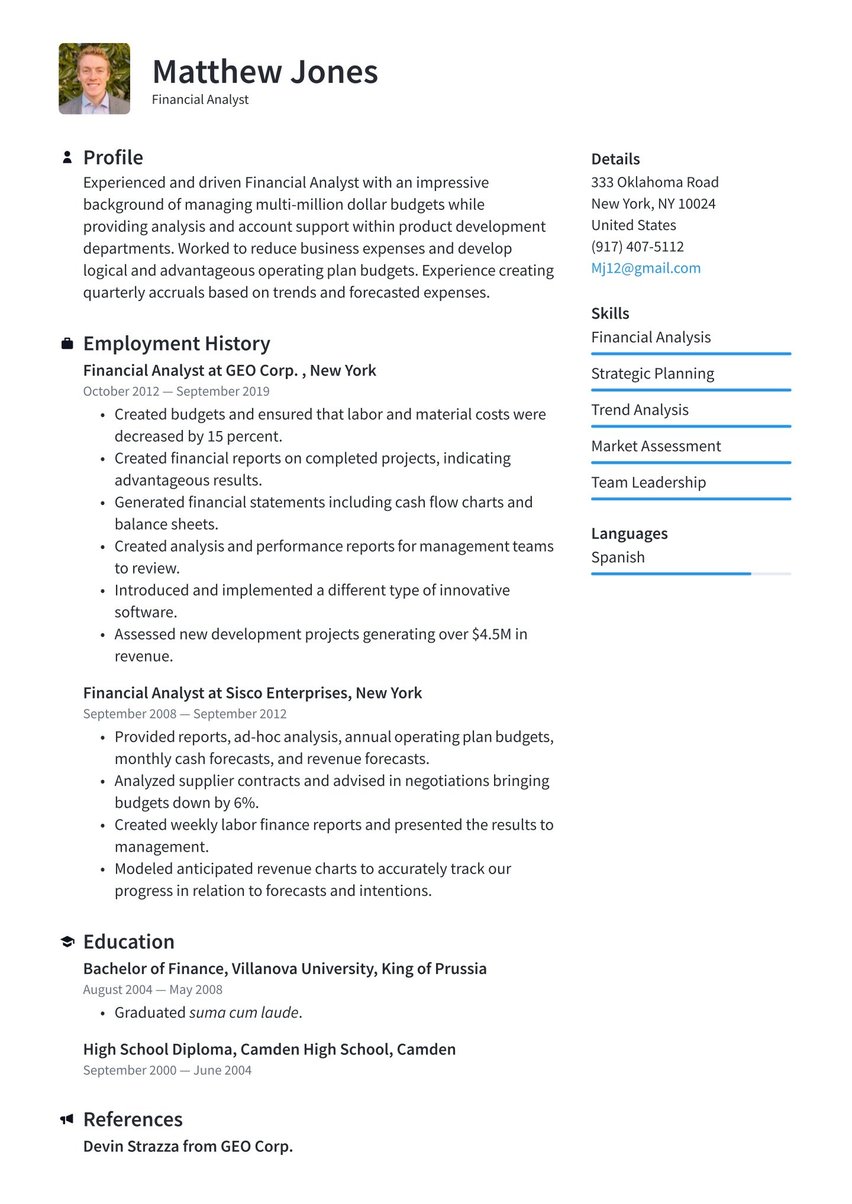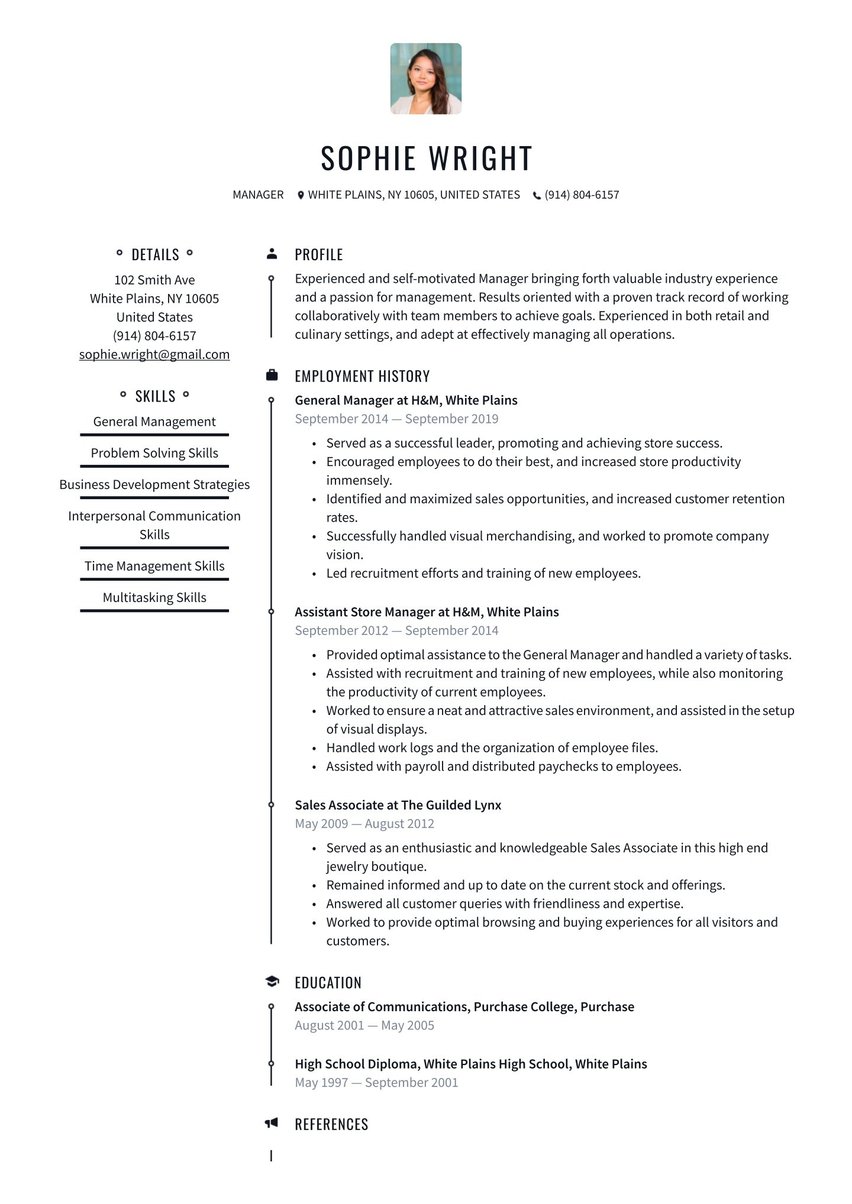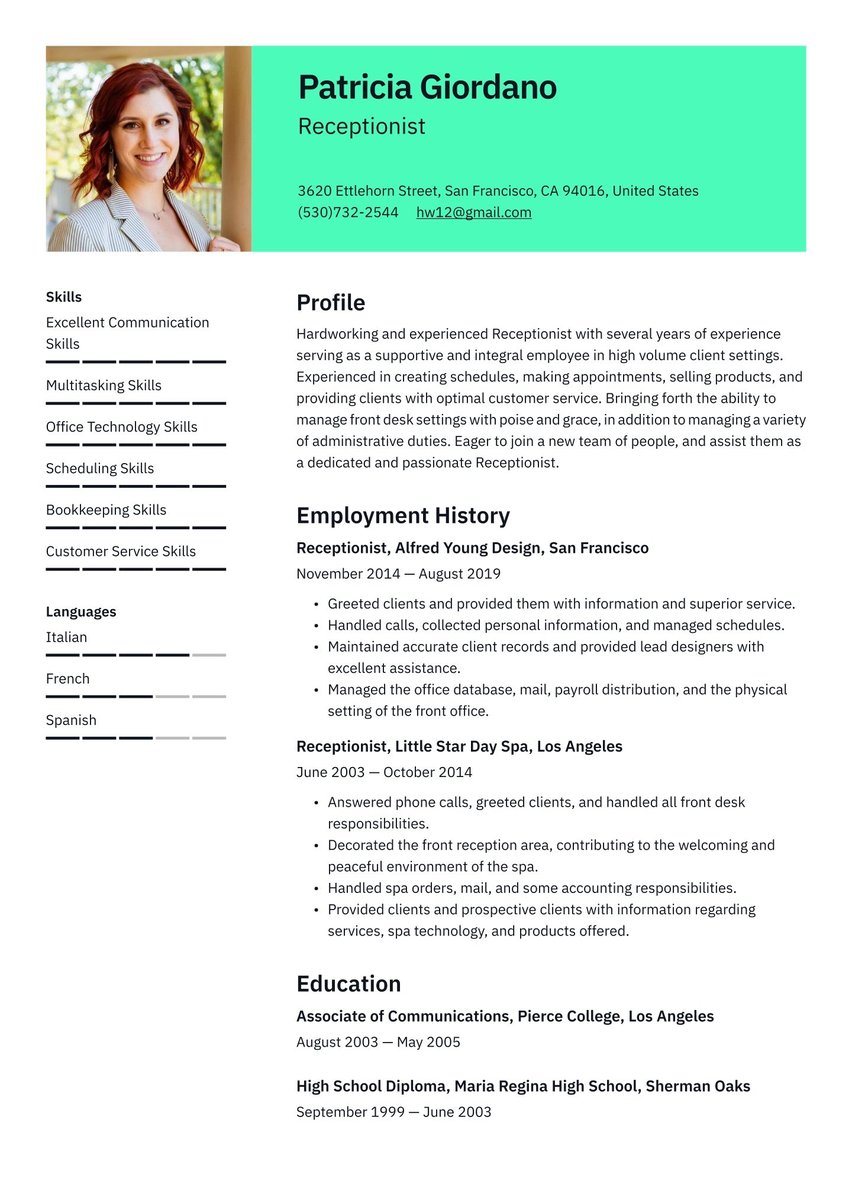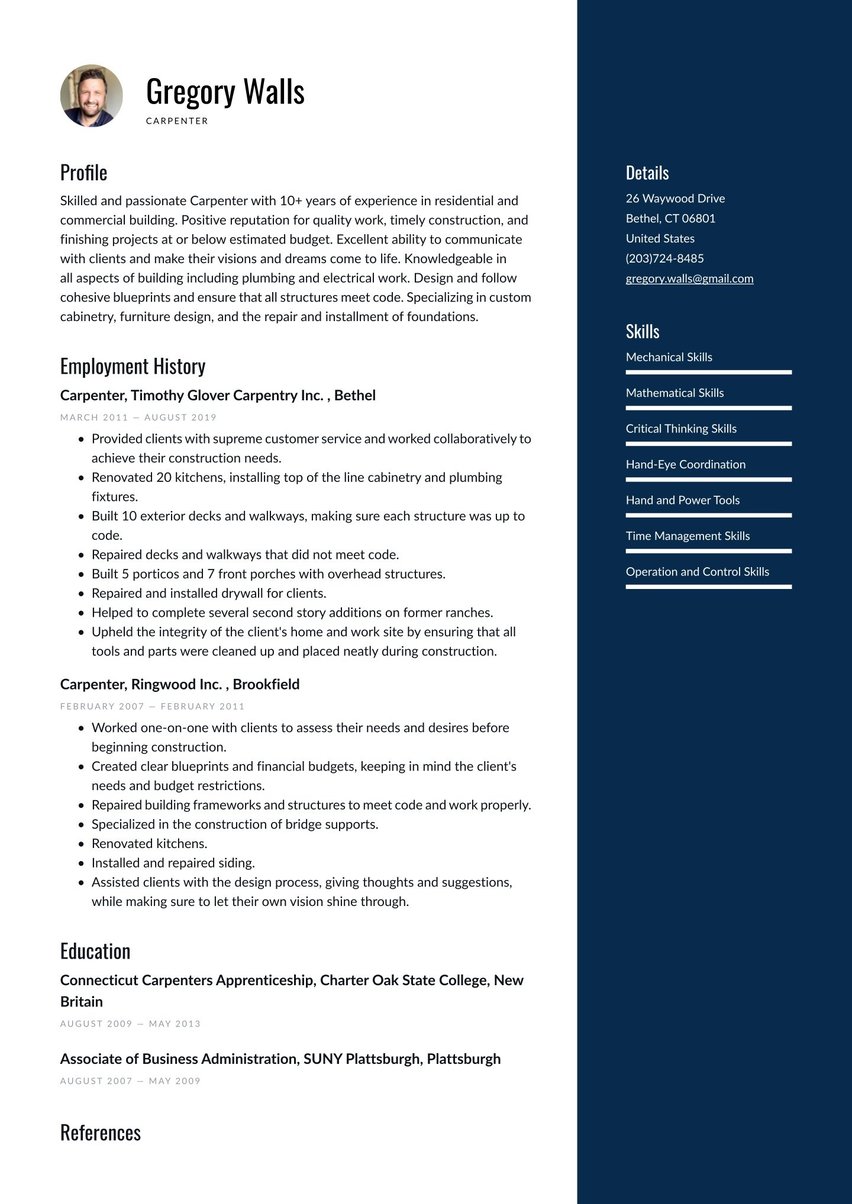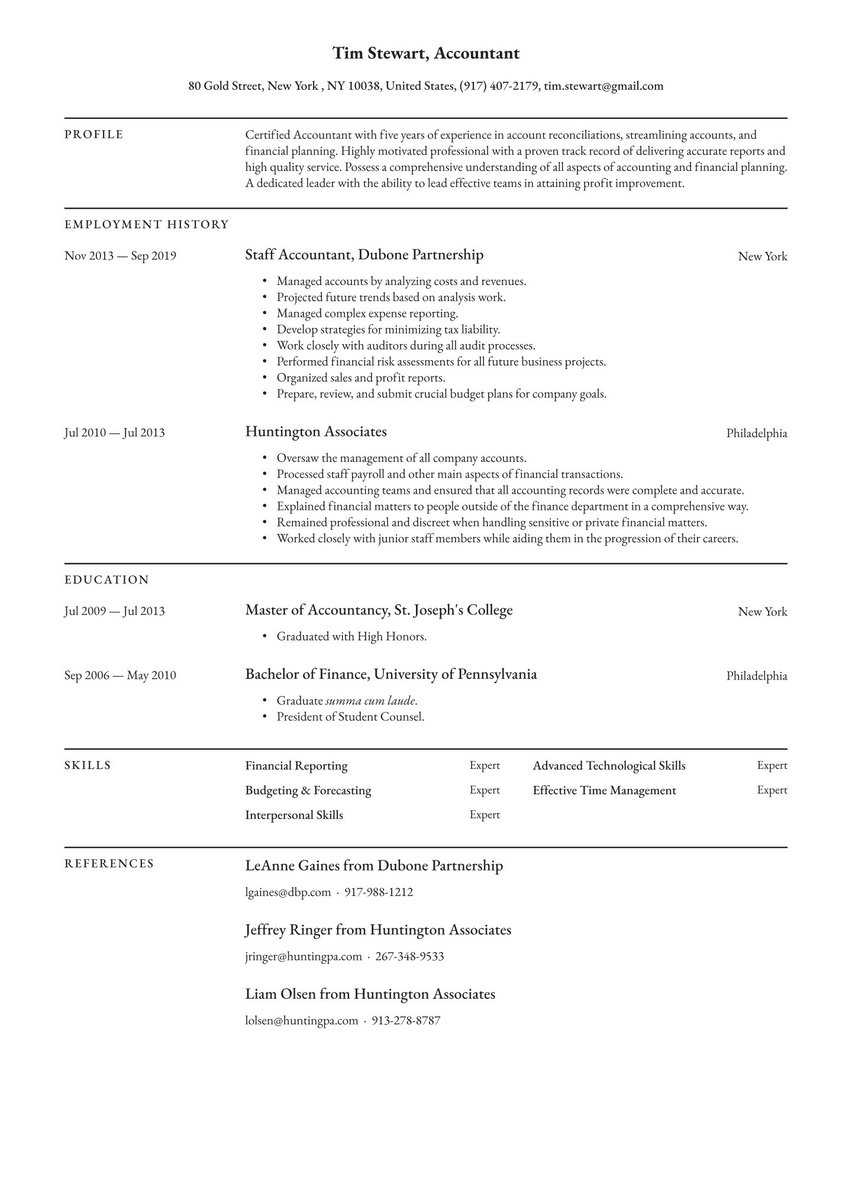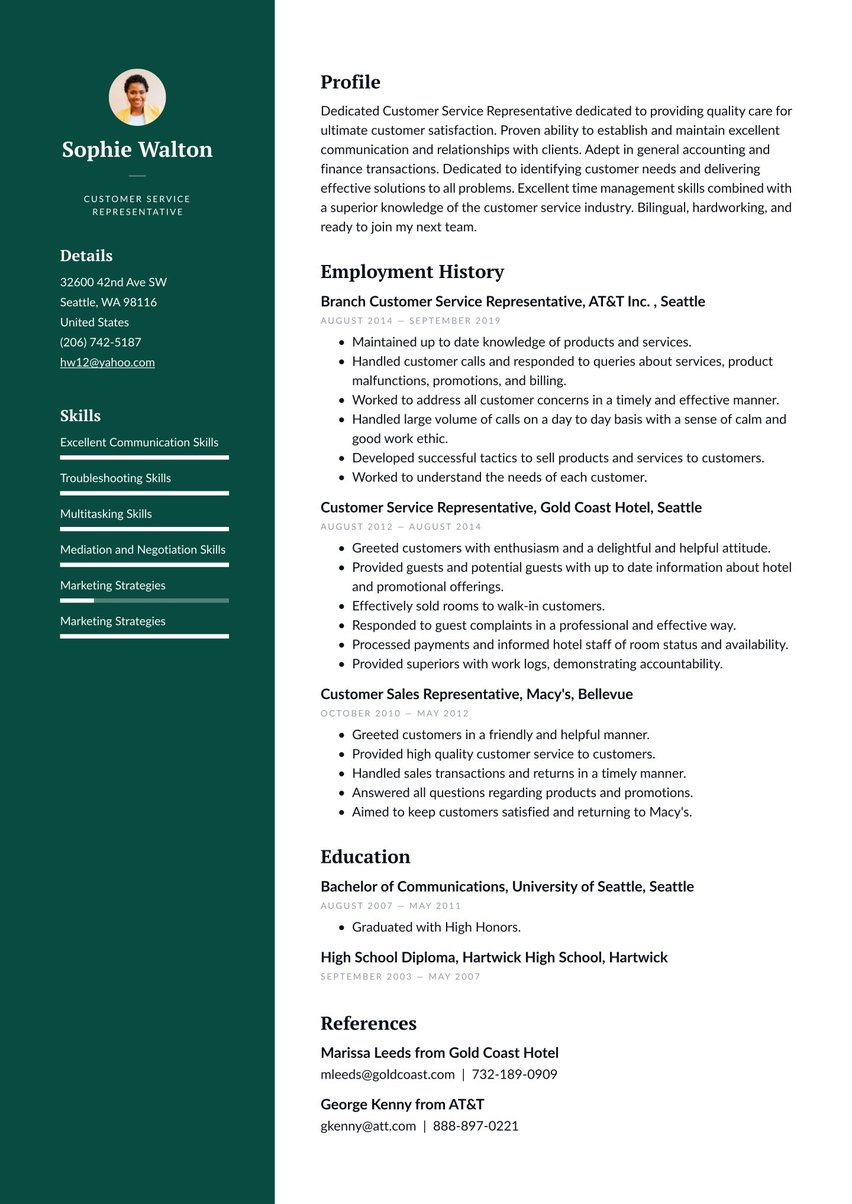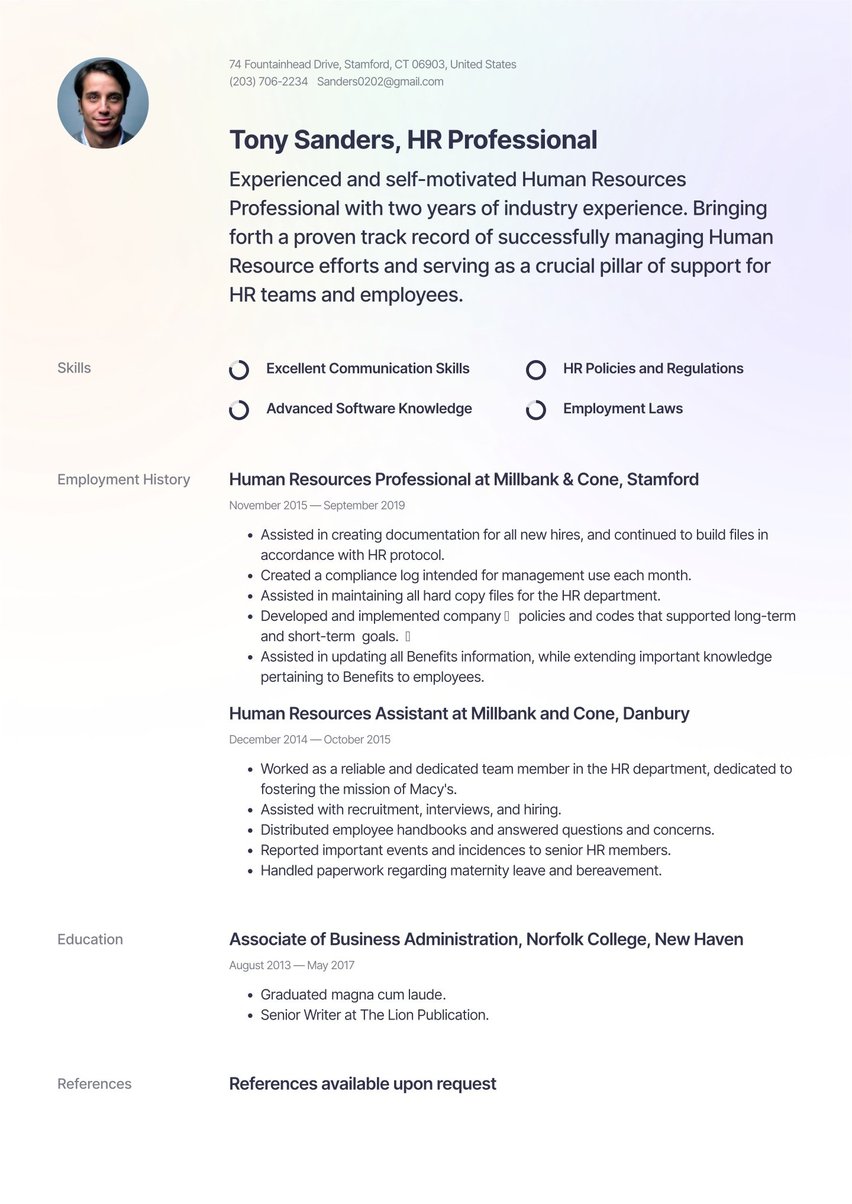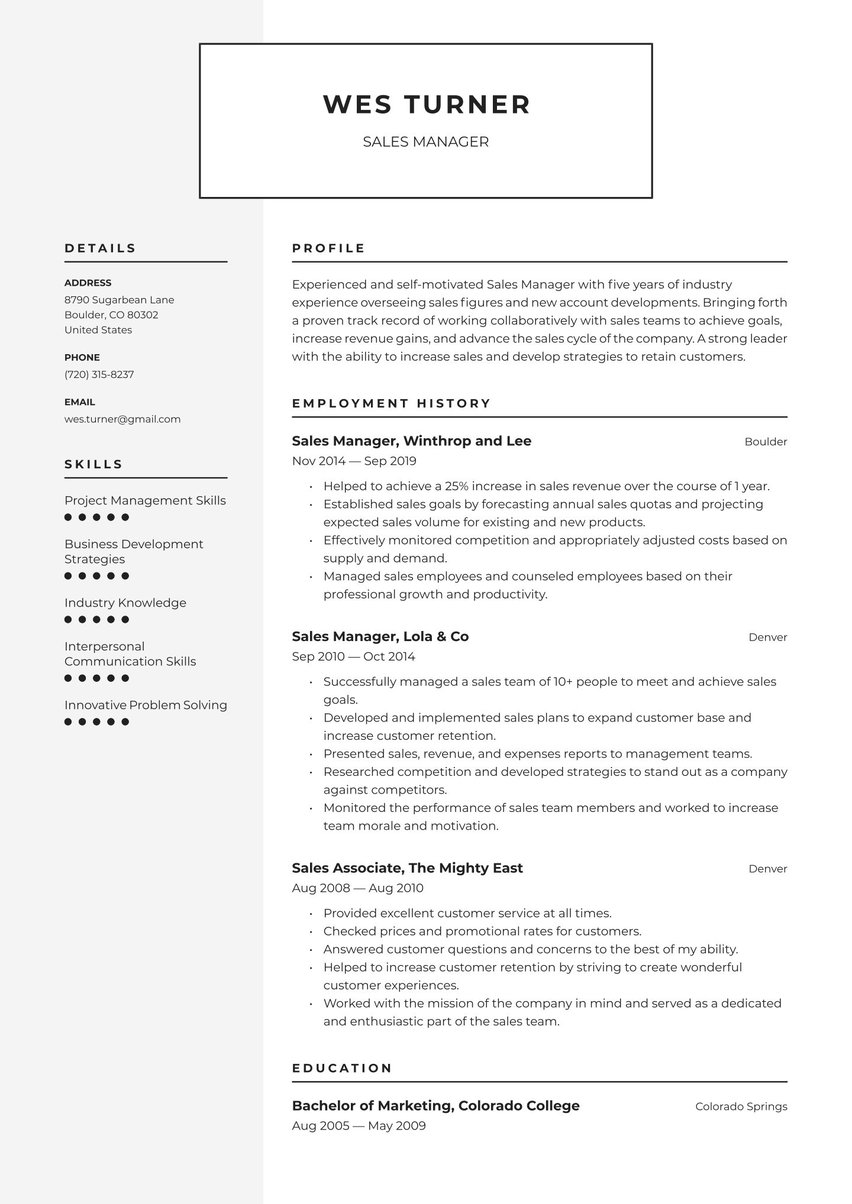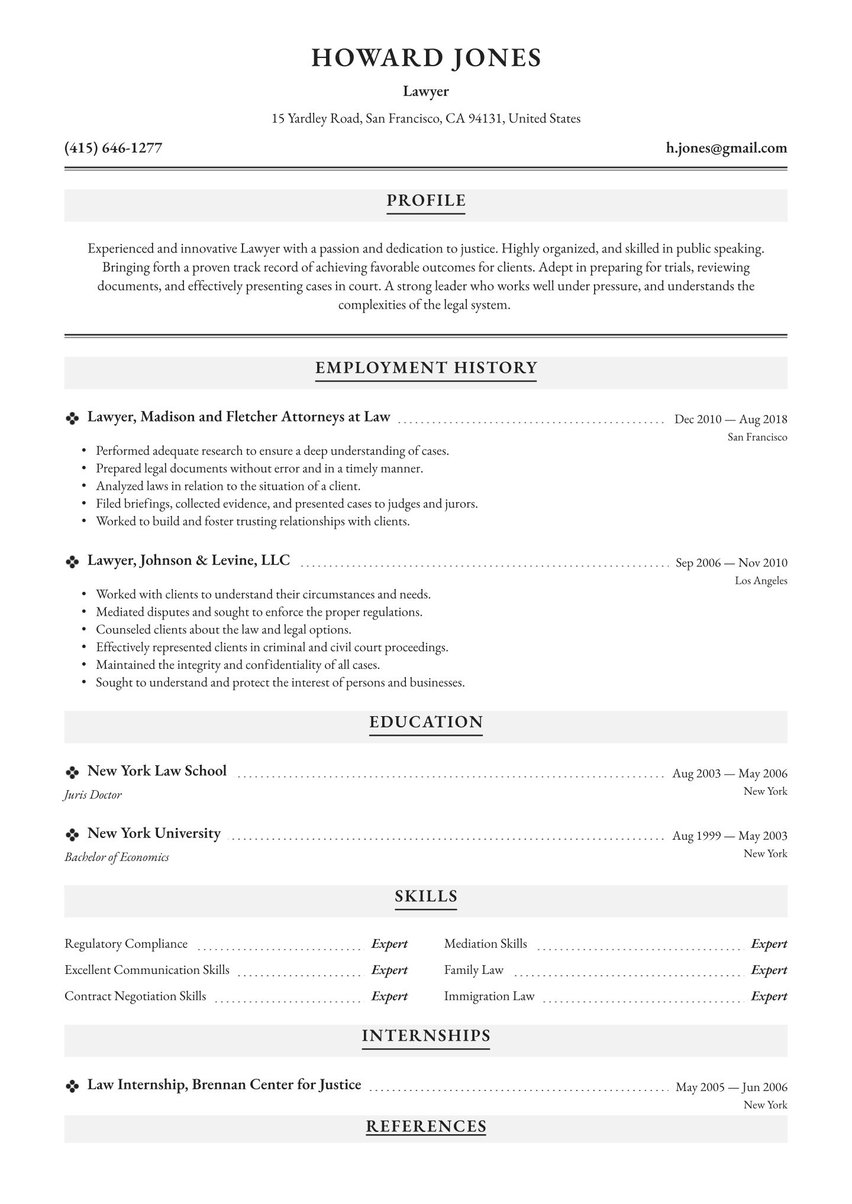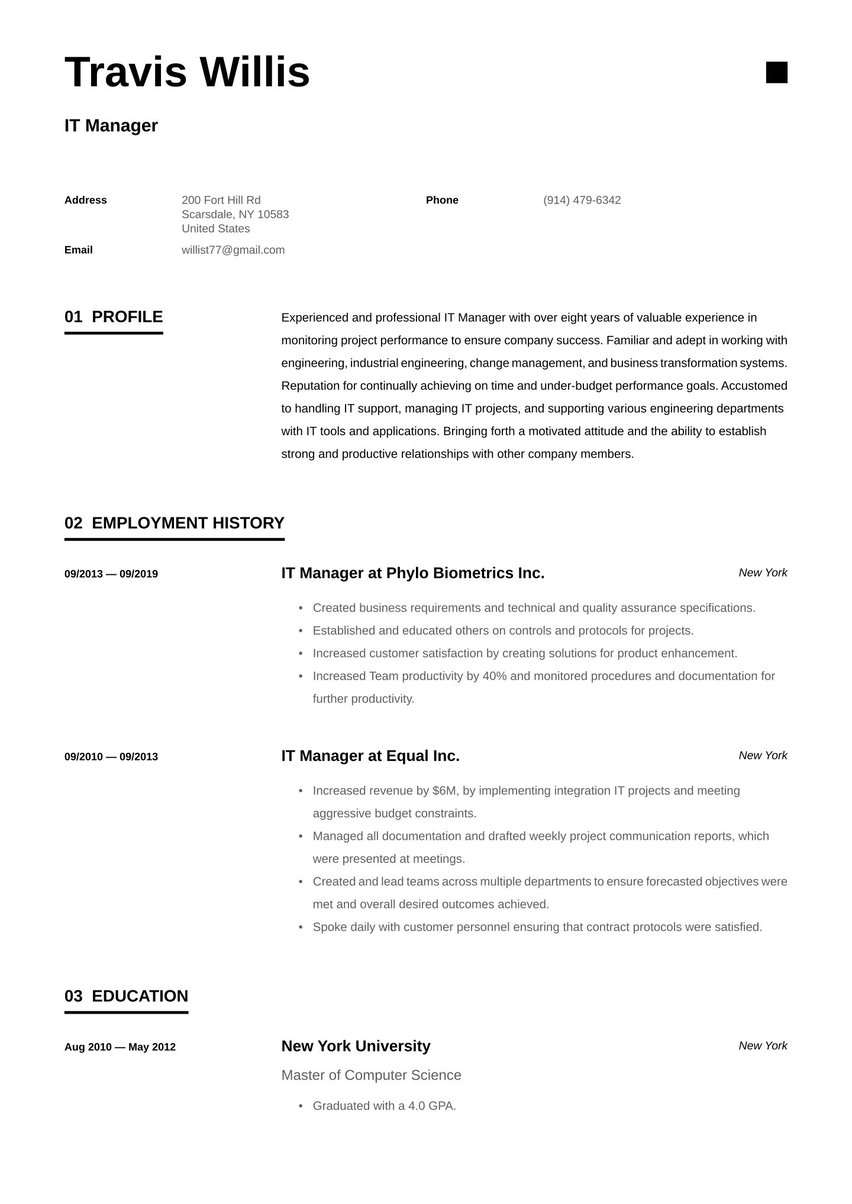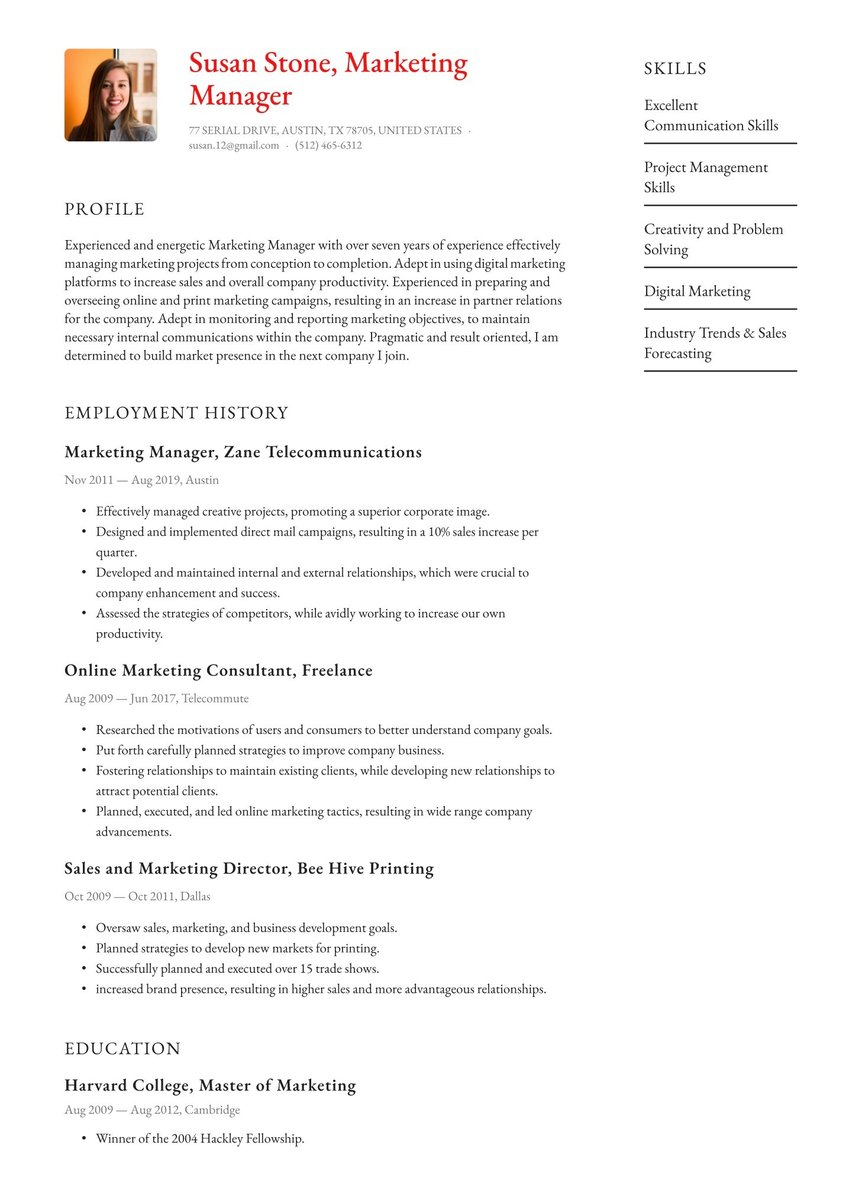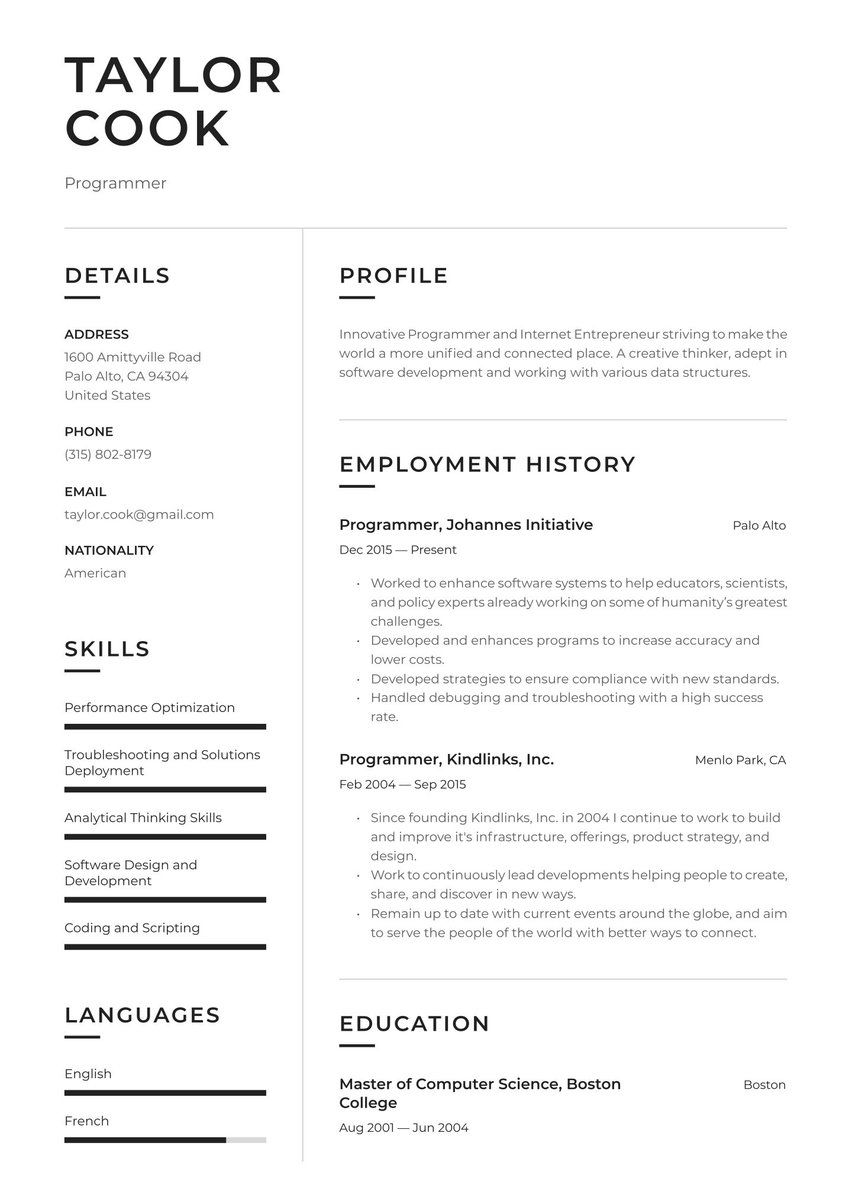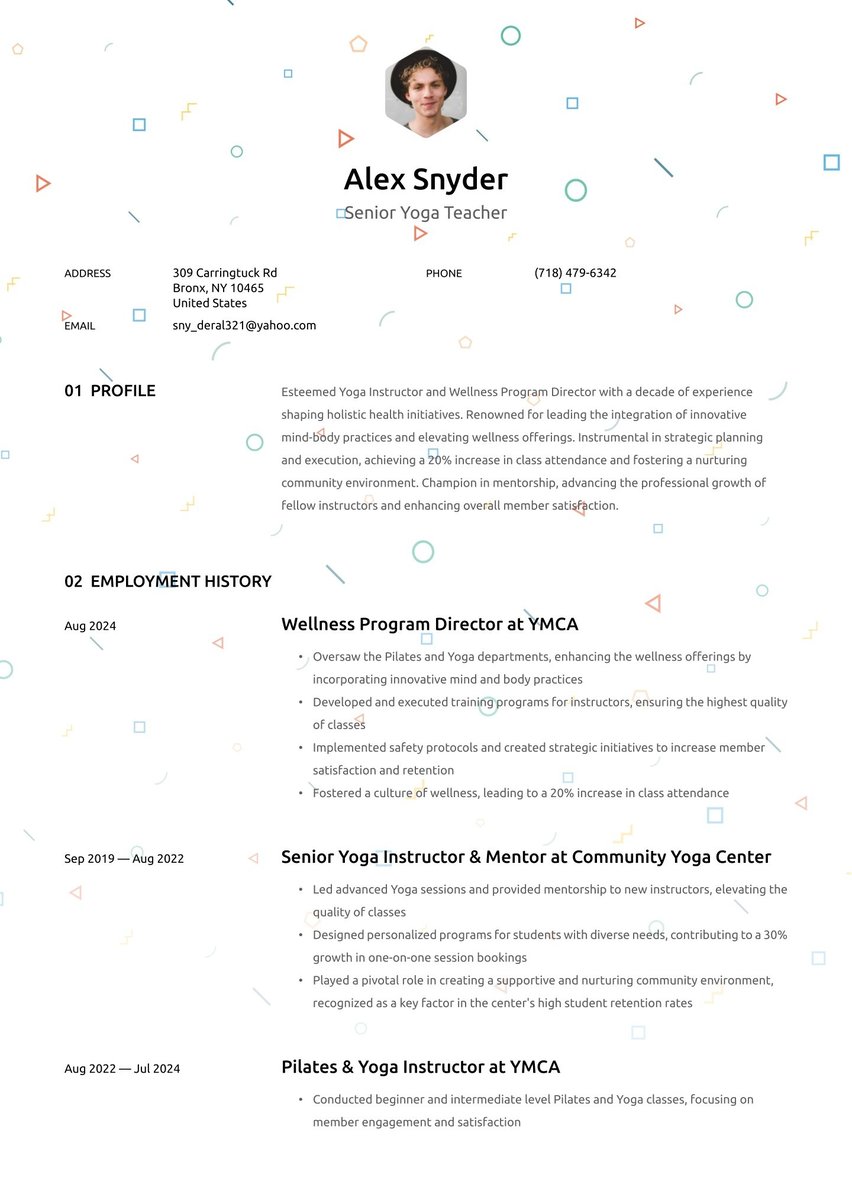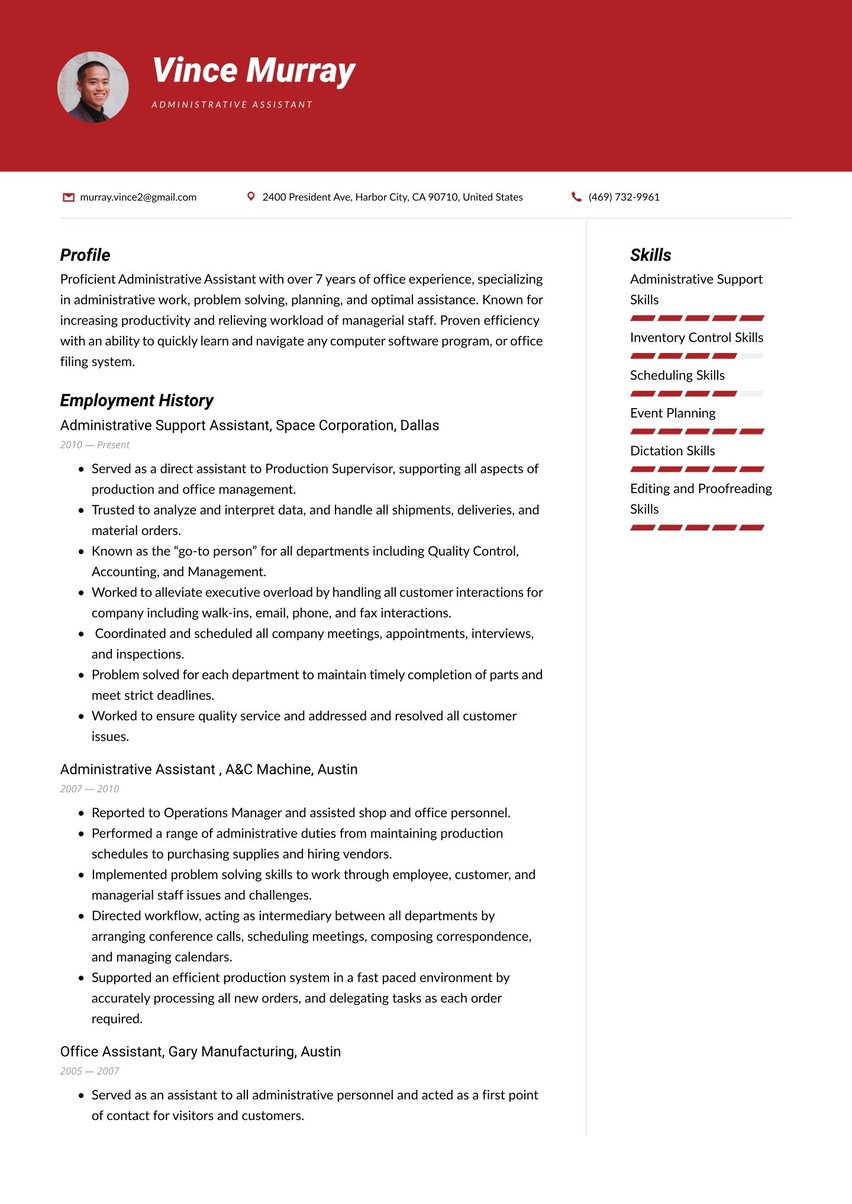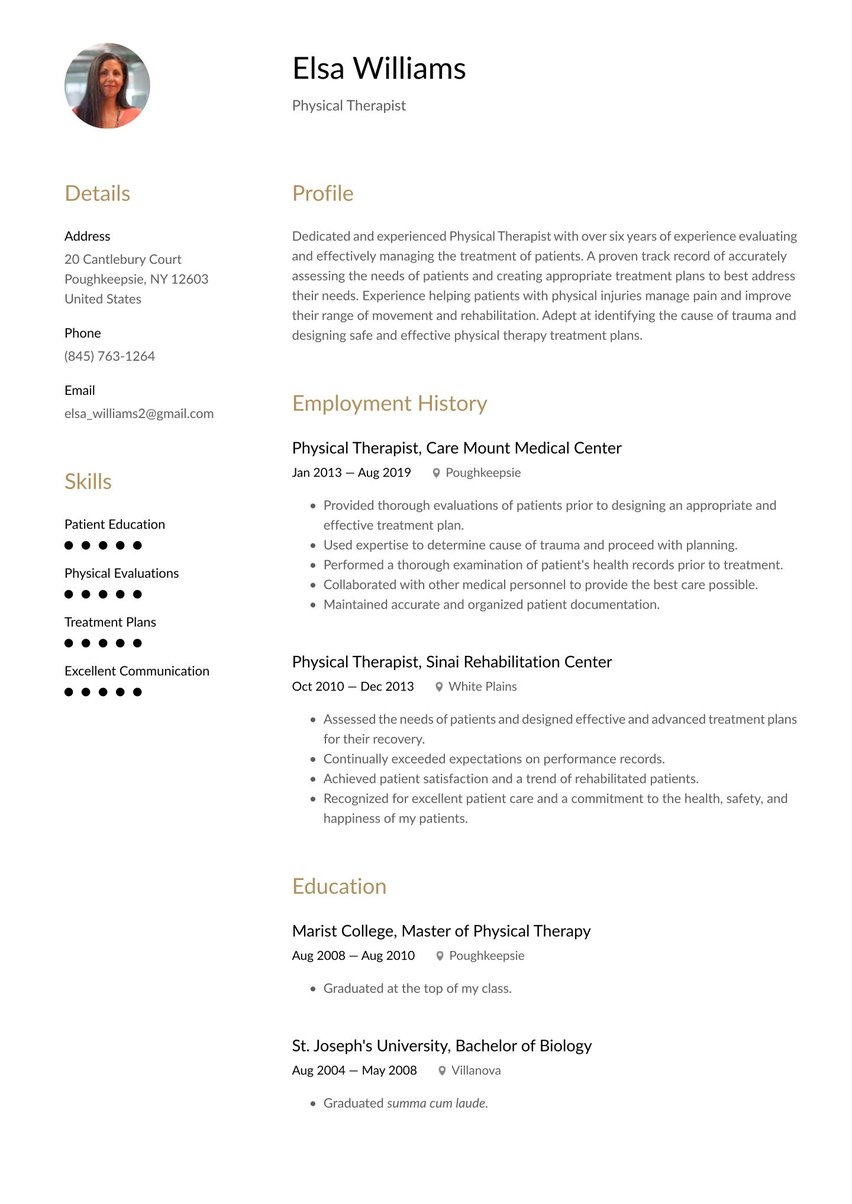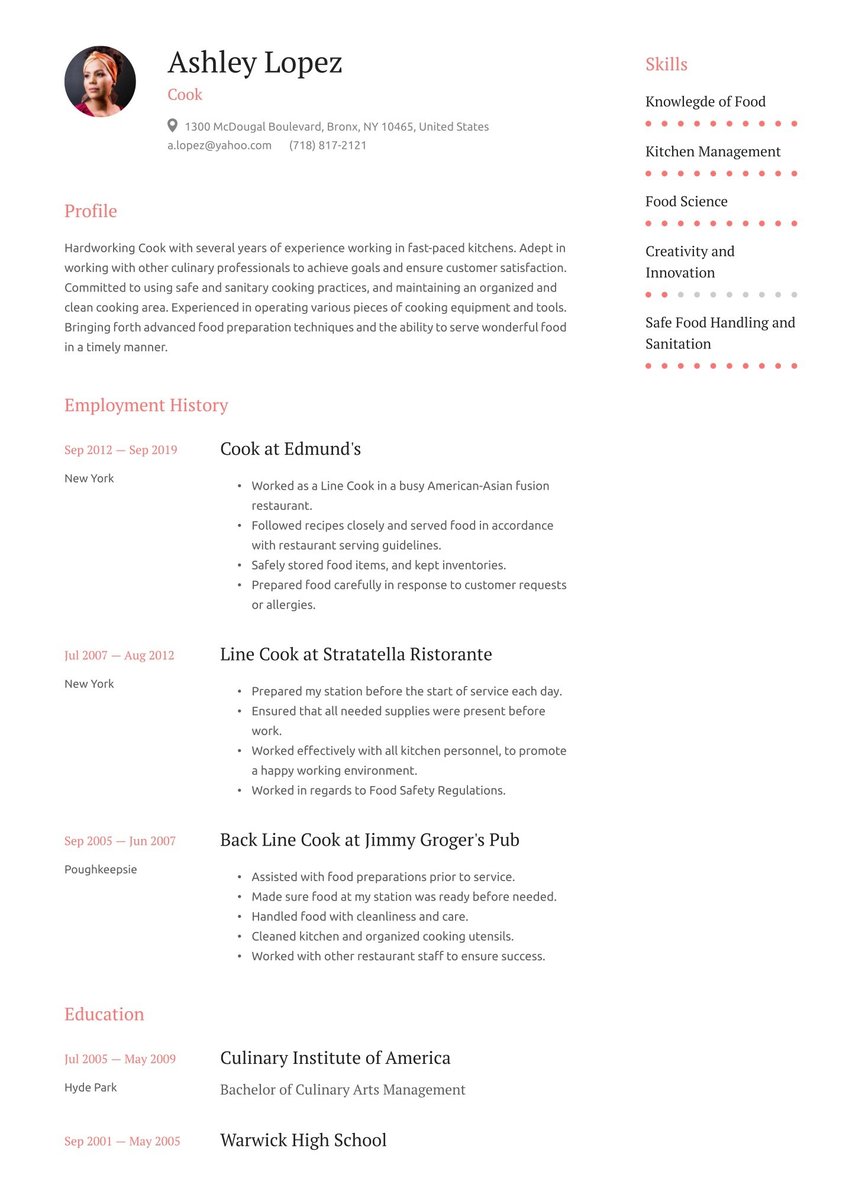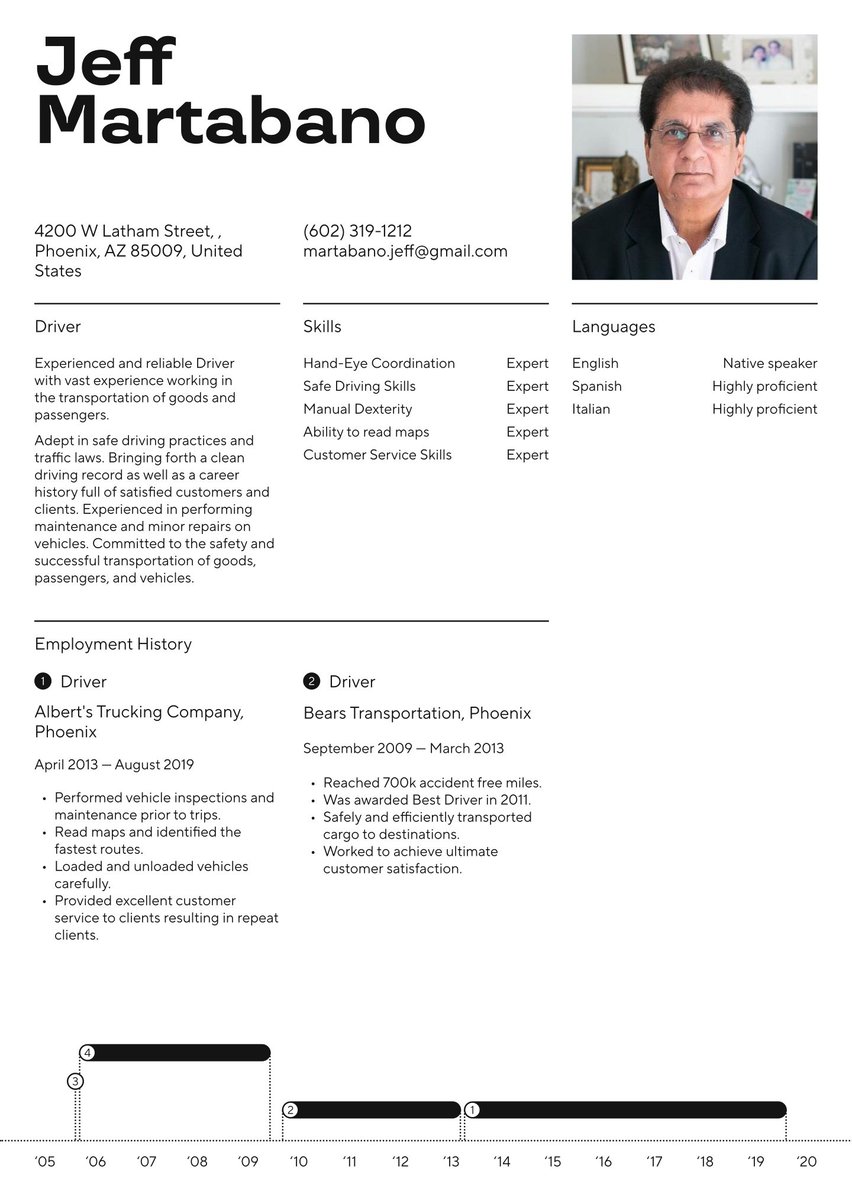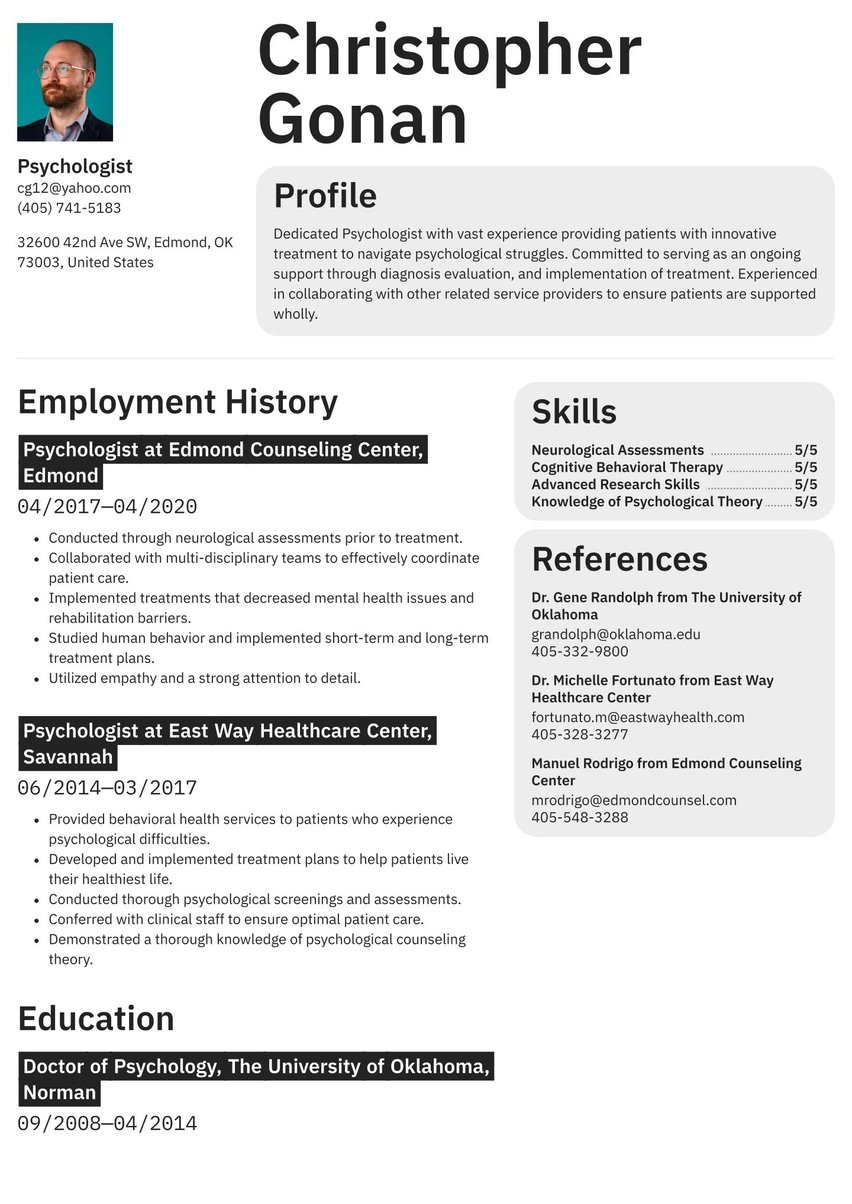As a systems analyst you need to be an expert in information technology (IT) solutions that are the best fit for the technical needs of your company or client. And to get the job in this field that’s right for you, you need an excellent systems analyst resume.
Systems Analyst resume examples by experience level
This writing guide and the attached systems analyst resume example will cover what you need to know to prepare a resume for this field, including:
- What does a systems analyst do?
- How to write a systems analyst resume
- The five elements of a resume and how to write them
- Choosing the best resume format for a systems analyst
What does a systems analyst do?
Systems analysts are responsible for monitoring and analyzing hardware and software used by a company and recommending any replacements or upgrades that better suit the firm’s needs.
Systems analysts consult with users about their needs and stay on top of new technology products that could serve the company better. They write requirements and specifications for new systems and work with vendors and programmers to implement them. They also help to test new systems and train staff members in how to use them.
A systems analyst position may seem self-directed, but actually requires good communication skills since you’ll be reporting to IT directors, IT project managers and working with others.
For more materials to inspire and advise you, take a peek at our related IT resume examples:
- Scrum Master resume sample
- Technical Project Manager resume sample
- Network Engineer resume sample
- IT Director resume sample
- Computer Science resume sample
- IT Project Manager resume sample
- Software Engineer resume sample
- Film and Video Editor resume sample
- Motion Graphics Artists resume sample
- Network Systems Analyst resume sample
- 3D Animator resume sample
- Software Developer resume sample
- Web Developer resume sample
- Programmer resume sample
- Data Scientist resume sample
- IT manager resume sample
- Data Analyst resume sample
How to write a systems analyst resume
A systems analyst resume should be one page only and should consist of five elements:
The header is the space at the top of the page that contains all your contact info: your name, occupation, address, phone number and email. It should be attractively designed to give your resume an eye-pleasing look at a glance.
Rather than design your own resume and header, we recommend that you use a professional template where the design is already done for you. Take some time to review Resume.io’s resume examples and resume templates to find a design you like. Then use the easy resume builder tool to add your own info. With a pre-designed, HR-tested framework to build on, all you have to do is write the resume.
Choosing the best resume format for a systems analyst
Choosing the best resume format involves questions of structure, design and layout.
Your resume needs to look as good as it reads, so choose a readable font at an appropriate font size, as well as adequate margins and a judicious use of white space. Use one-inch margins on all four sides, and strive for a balanced page that distributes the text evenly.
Another format decision is whether to list your work history in the reverse chronological or functional format. The former is the most common and is usually the best option for those who have a relatively continuous employment history working as a salaried employee. But the functional format is often best for contractors and freelancers who wish to organize their experience under skills or projects rather than on a chronological timeline.
Summary resume example: Your leading qualifications
The resume summary, also known as a profile or personal statement, consists of a few lines of text under your header that describes your top qualifications for the job you’re seeking. These may include your work experience, your education/training and your special skills.
The summary allows you plenty of freedom to create your professional self-portrait in your own words. Make the most of it by choosing your words carefully. Check out our adaptable resume example for more insights into the summary section.
The summary is perhaps the hardest part of a resume to write, but it’s also among the most important. Get a feel for how to write a good summary by reading some of our related IT resume samples .
Highly effective Systems Analyst bringing forth a wealth of experience analyzing, managing and testing business process solutions related to Financial Reporting. Adept in performing data analytics and facilitating testing design and execution.
Systems analyst employment history: Your job experience
Employers are always interested in work experience, so you want to highlight this thoughtfully in your employment history. In this section you need to name your past employers, their locations, your job title and the time span you worked there.
Under each employer, add bullet points describing what you did at each job. Be specific, using facts and figures where possible. Find out more about formatting your employment history section in our systems analyst resume example.
Employment History Systems Analyst at Adam Edgar Partners, Seattle
November 2018 - July 2021
- Worked to support the Human Resources team with HR and financial related systems.
- Managed the design, implementation, operation, and support of the assigned applications.
- Effectively assisted client departments by analyzing data and the needs of the department.
- Made process re-design recommendations to improve performance when necessary.
- Advised, guided, and trained company employees regarding system usage and functionality.
Systems Analyst at Cooper Integrated Technologies, Seattle
July 2015 - October 2018
- Audited employee expense reports to ensure adherence to Corporate Global T&E Policy.
- Assisted with the development of training materials for users.
- Identified, reported, and worked to resolve issues and offer suggestions for system/process improvements.
- Provided optimal support to the manager with special projects and daily requests.
- Worked to meet all milestones and timelines with vigor.
Systems analyst resume education sample: Your schooling and training
You will generally need a college degree in a computer-related field to become a systems analyst. Use the education section to name the colleges or universities where you studied, their locations, the years you attended and the degrees you obtained.
Start with your highest degree first and work backwards in time from there. Also, use this section to list any vocational training you’ve received or certifications you hold in your field. Check out the education section from our resume example.
Master of Computer and Information Technology, Seattle Pacific University, Seattle
September 2011 - May 2015
Bachelor of Science in Business Administration, Seattle Central College, Seattle
September 2007 - May 2011
CV skills example: What you’re good at
Include a list of your special job-related skills on your CV. These should include both hard skills (technical capabilities learned through training or on the job) and soft skills (interpersonal “people talents” like communication and coordination skills). You can find a mix of top skills in our resume example.
- HTML/CSS/JavaScript
- Distributed Computing
- Complex Problem Solving
- Data Analysis
- Technical and Legal Research
- Motivated Attitude
Key takeaways for a systems analyst resume
- Start with an attractive header that contains all your contact information.
- Put a lot of thought into a well-written profile that sums up your most relevant qualifications.
- Tailor your employment history, education and skills to convince employers that you have the experience they’re looking for.
- Check out our systems analyst resume sample for a great header design.
Best of luck in your job search!


.jpg)

.jpg)


